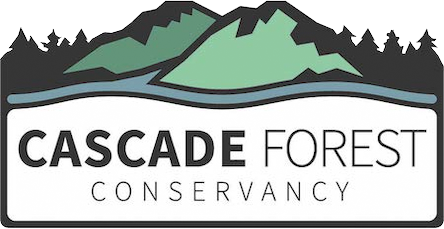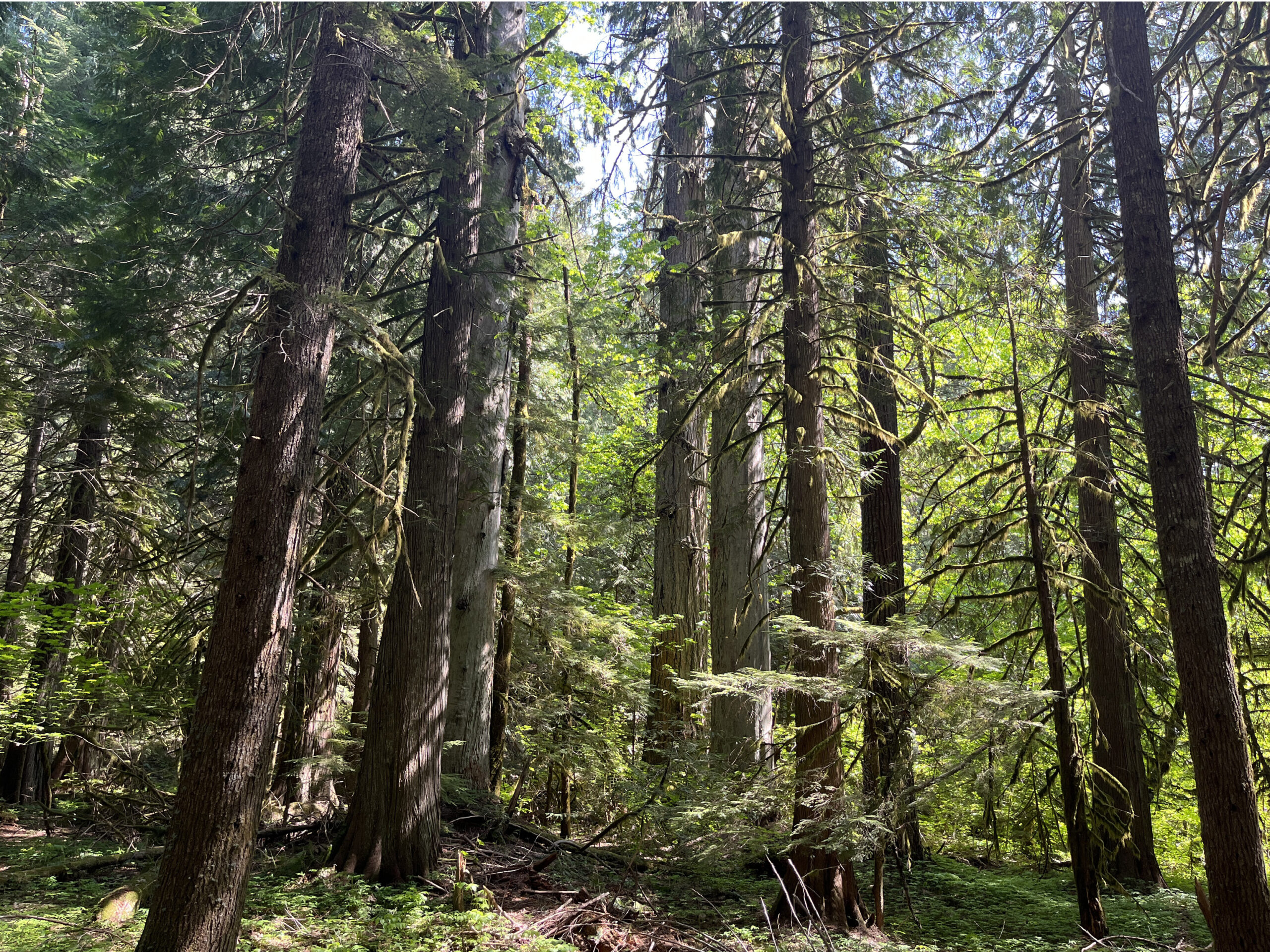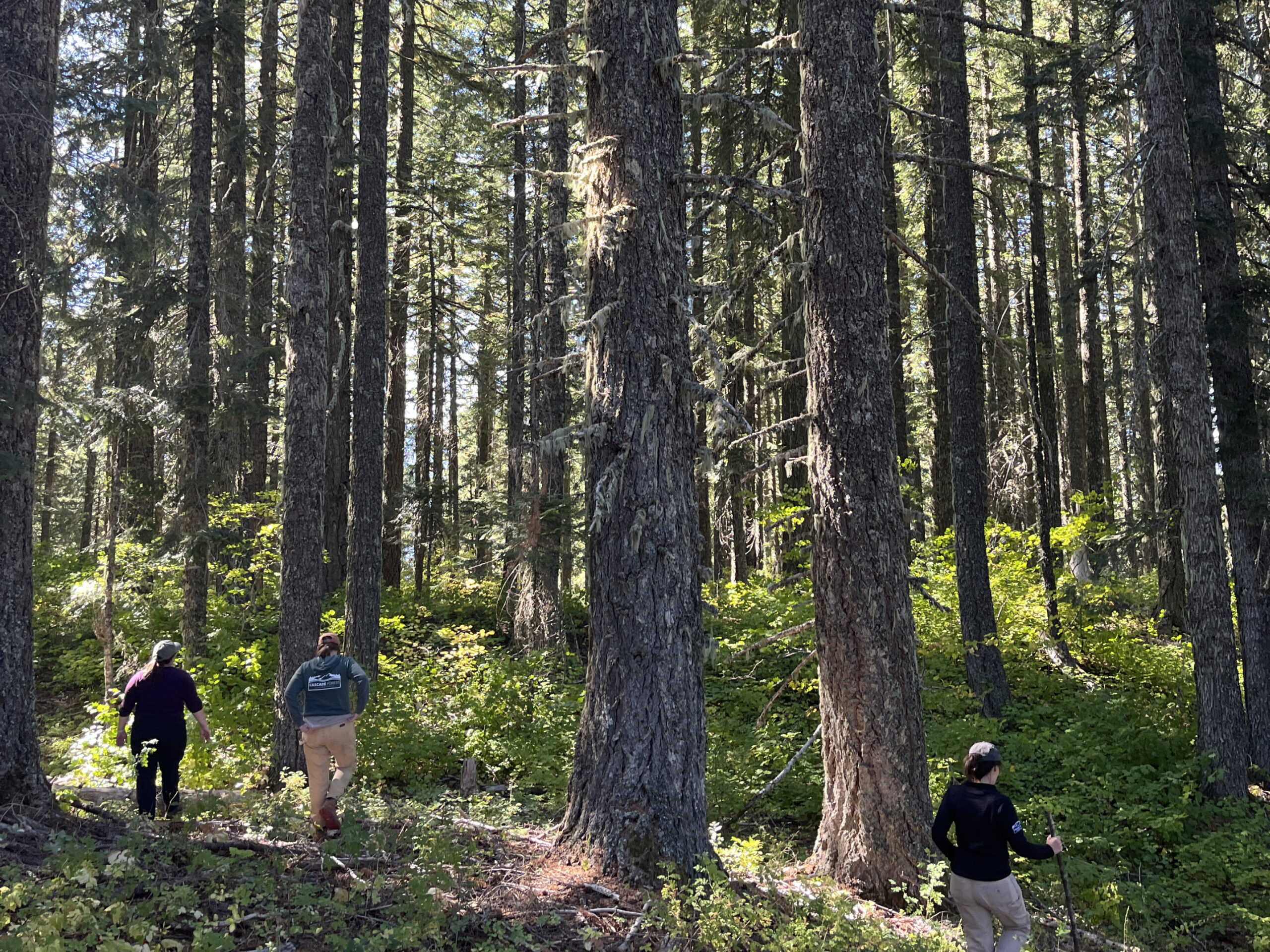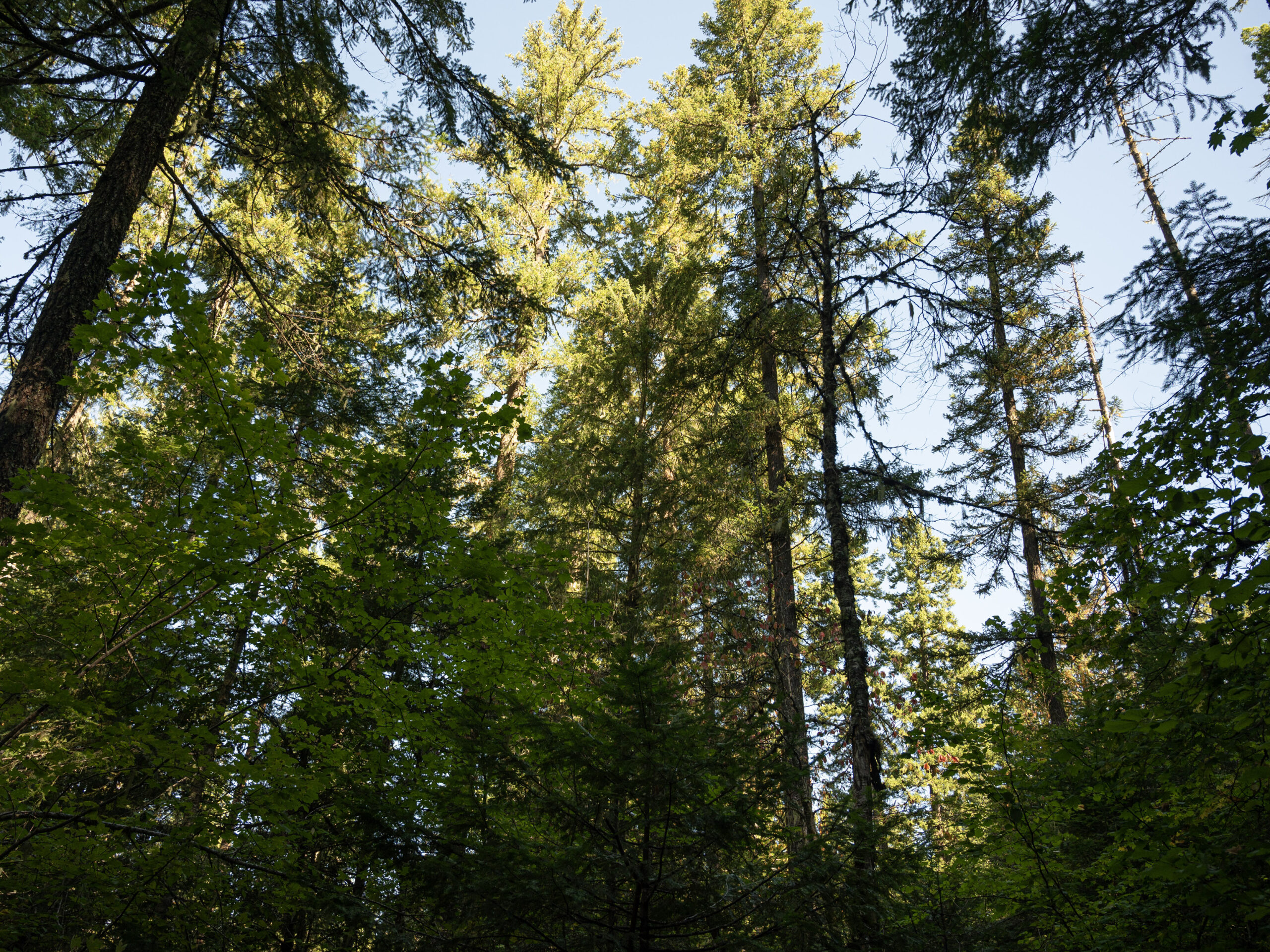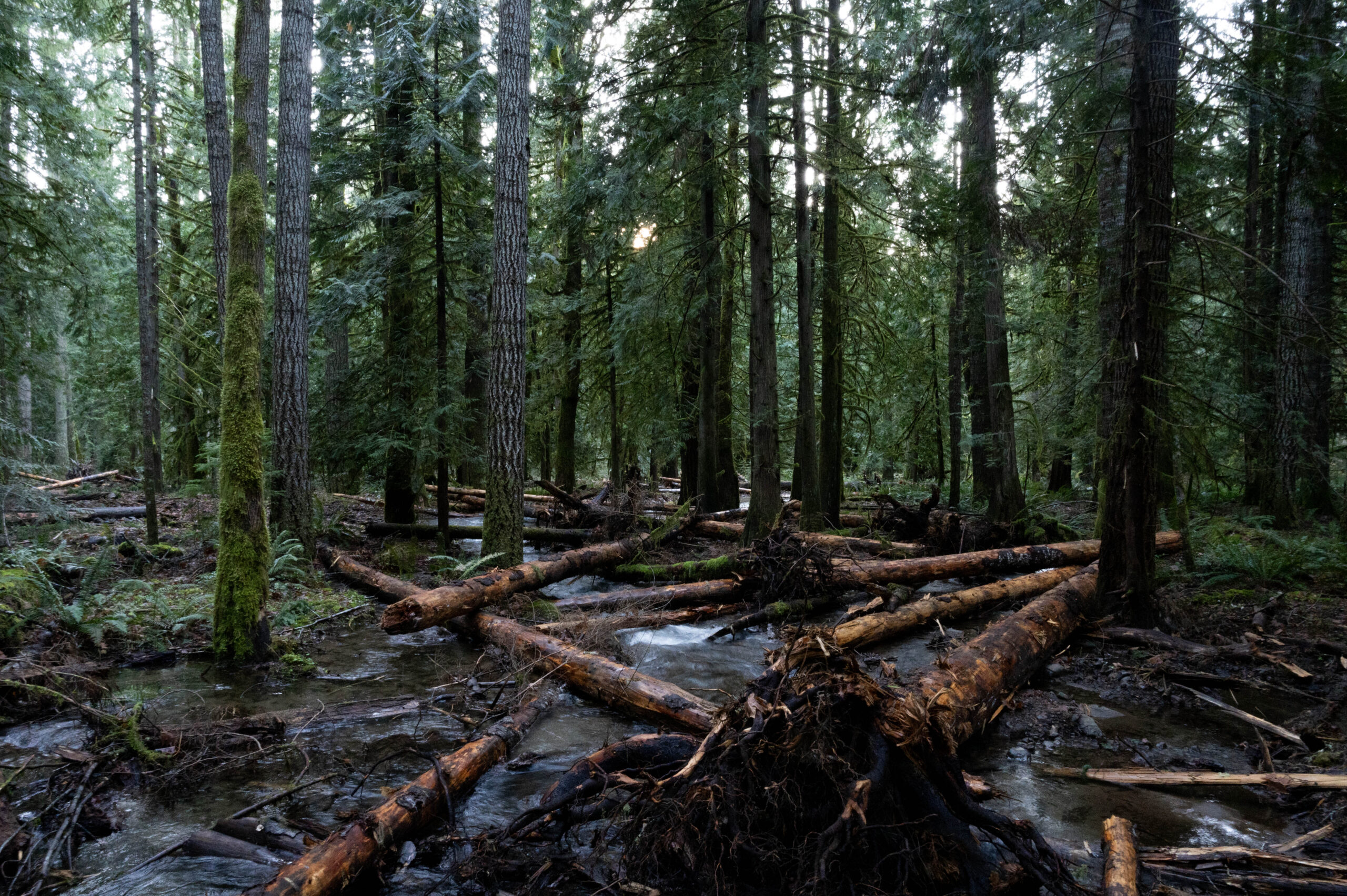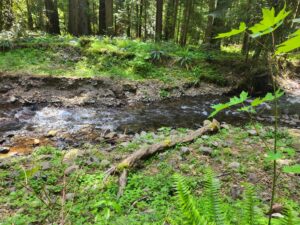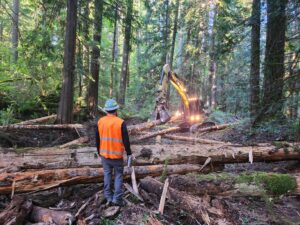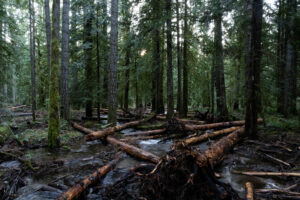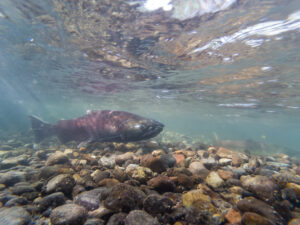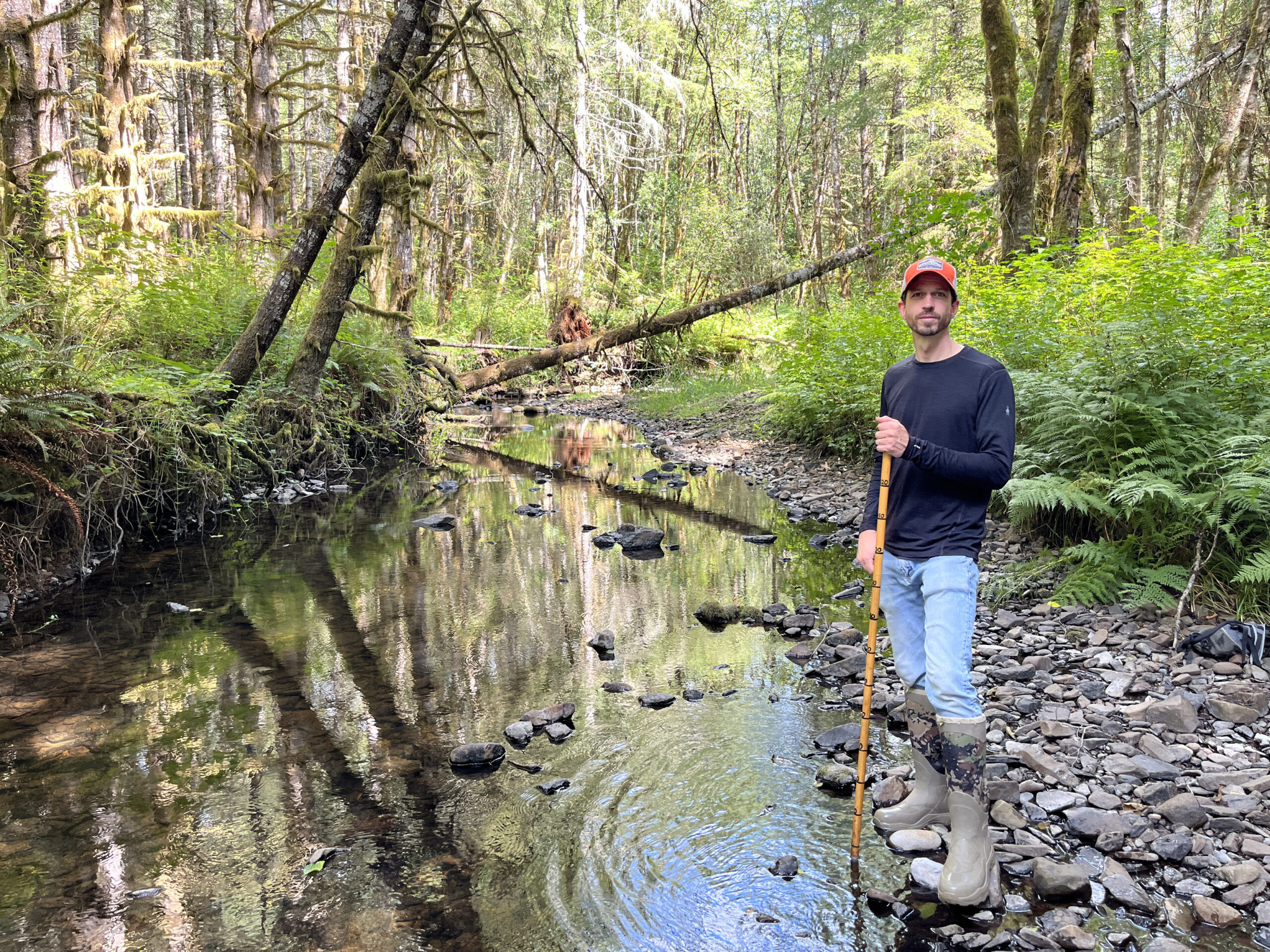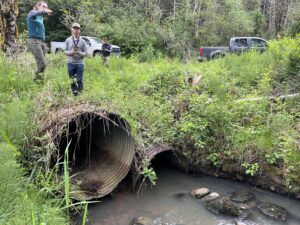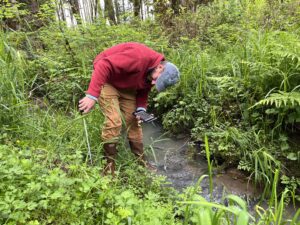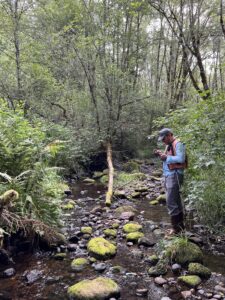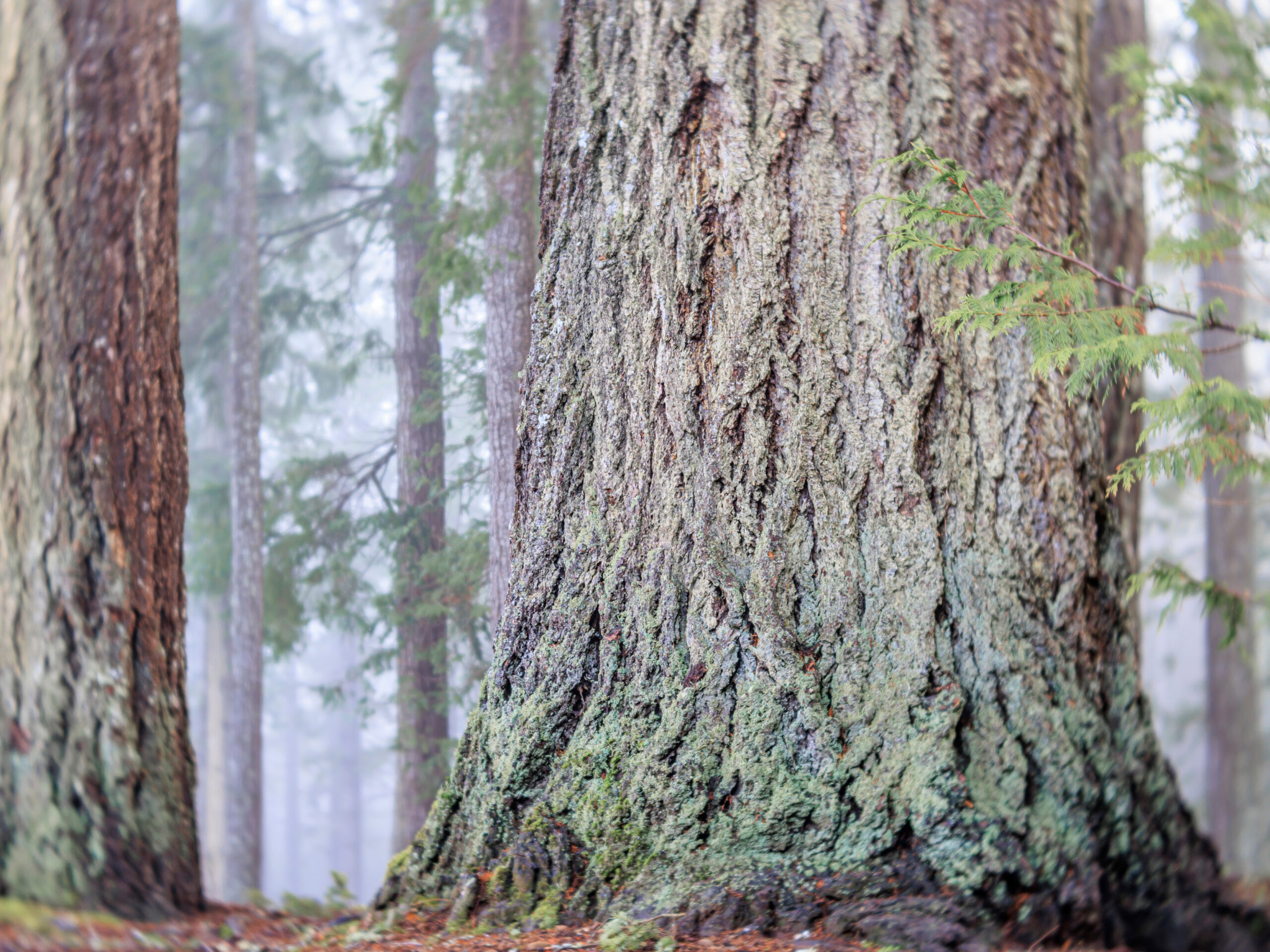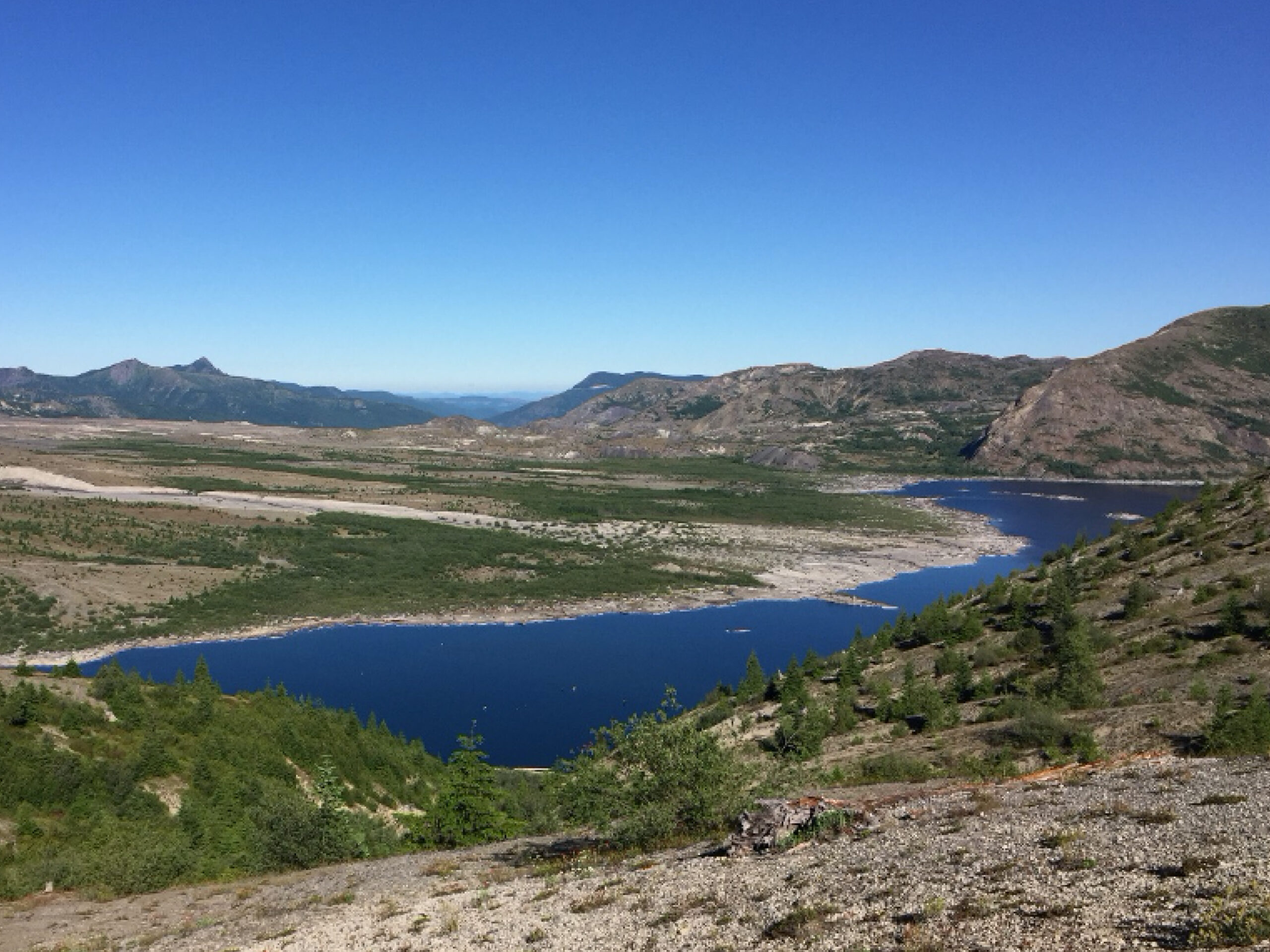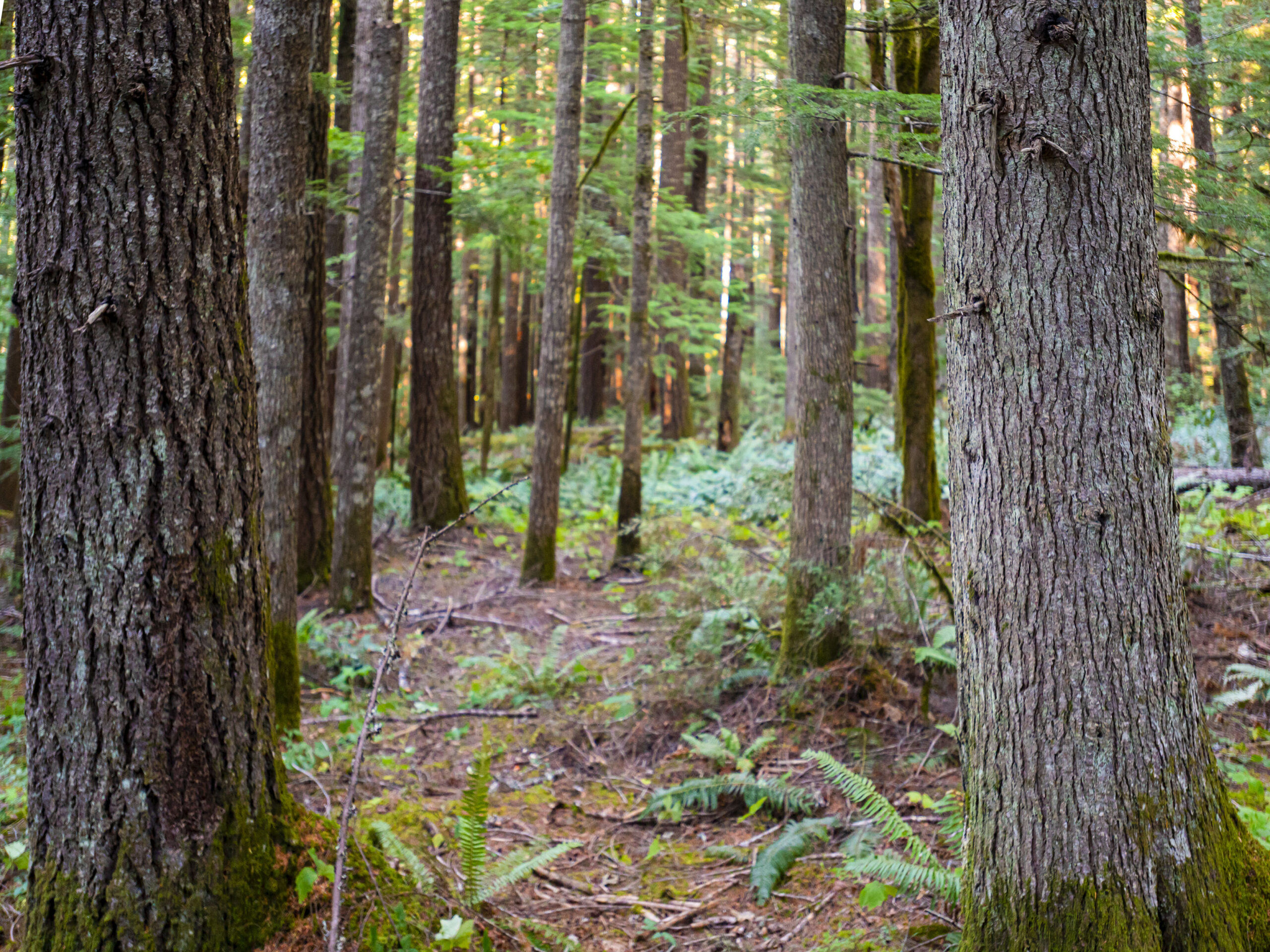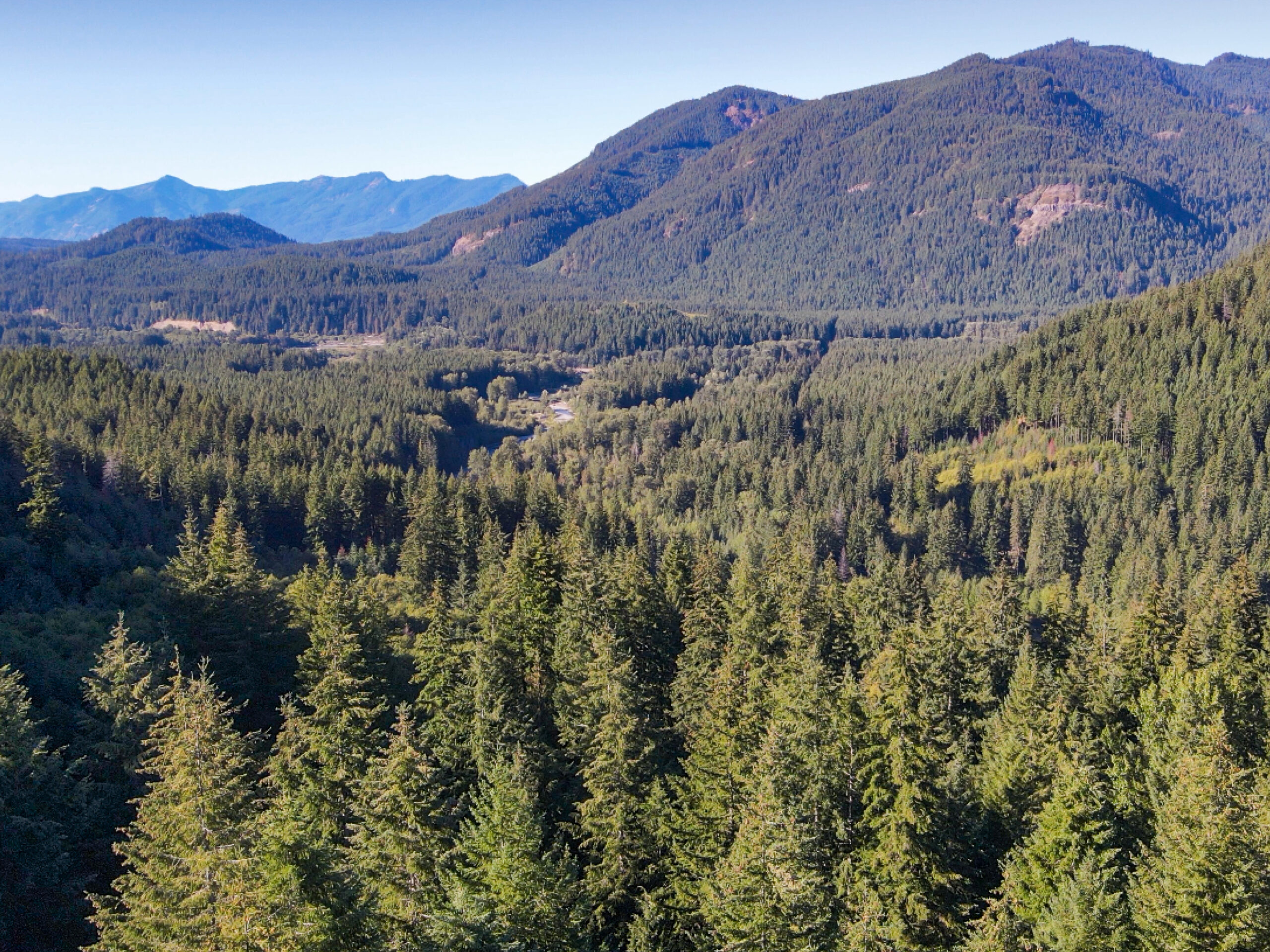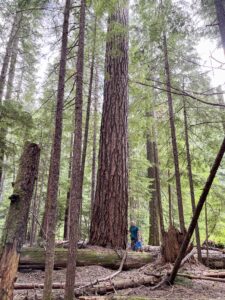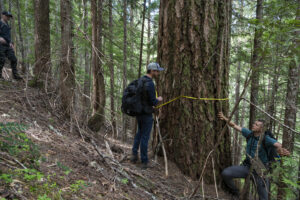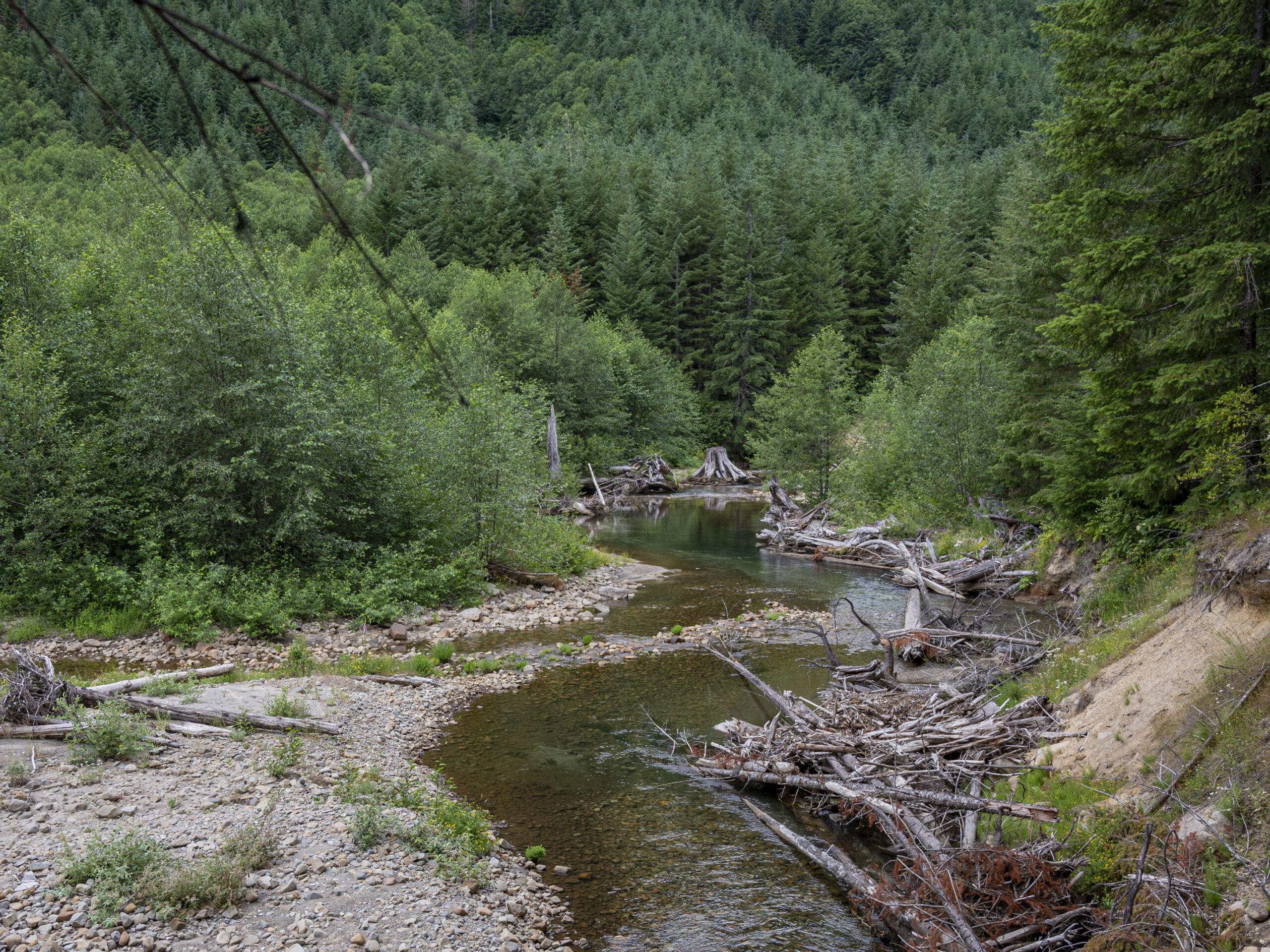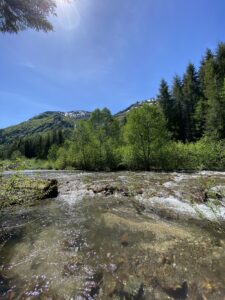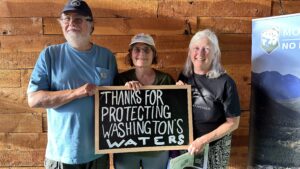Details regarding the Trump Administration’s plans to weaken environmental regulations and increase the speed and scale of timber production on federally managed lands are beginning to take shape, and the situation is developing at an alarming rate.
In a recent blog post, we discussed a number of recent executive orders that framed domestic energy and timber production as national security emergencies and directed agency officials to explore ways to circumvent environmental regulations to accelerate the pace and scale of timber and energy projects. In that blog, we noted that “…many of the aspects of these executive actions will include administrative processes that will create opportunities for CFC and the public to engage with and, eventually, litigate if necessary.”
When reading and discussing implications from the executive orders internally, we noted that wildfire wasn’t addressed, and we were concerned that in the future, the threat of wildfire would be used as an unwarranted pretense to skirt environmental laws while simultaneously hindering the ability of organizations like CFC to effectively challenge these policy changes and actions.
Unfortunately, that is exactly what we are beginning to see happening.
Federal officials have now begun implementing changes and policies to comply with recent executive orders to increase domestic timber production. Brook Rollins, the new Secretary of Agriculture, who oversees the department housing the U.S. Forest Service, and Chris French, Acting Associate Chief of the Forest Service, set a goal to increase timber production by 25% and took actions that could dramatically limit the effectiveness of environmental regulations.
Last week, Secretary Rollins issued an emergency declaration affecting approximately 50% of all national forest lands.
Rollins’s declaration relied on authority created by the Biden-era Infrastructure Investment and Jobs Act (IIJA). The emergency authorities created by the new law are intended to enable land managers to more quickly take actions to address issues like reducing wildland fire risk to communities, critical infrastructure, or key ecological values. However, we, and others, were concerned that these provisions could be interpreted and applied quite broadly, and although the IIJA limited the types of actions managers could take to address the emergency, it did not include limits regulating the size of the projects.
Of greater concern is that the memos also directly calls out other existing emergency authorities, which would allow for projects to be completed before going through environmental assessment, Endangered Species Act (ESA) consultation, and tribal consultation, and encourage the use of emergency authorities as much as possible. For example, the memo issued by Chris French notes that the agency will be issuing guidance by mid-April on how to do the bare minimum to comply with environmental and historic preservation laws.
Taking all of these directives together, there is a real danger that the new declarations will be used to implement questionably justified, large-scale timber sales and similar projects with little oversight.
So what do these recent updates mean for our region?
These recent actions by the Administration could result in the implementation of poorly planned projects before stakeholders can weigh in and concerned groups can litigate. There is clear potential for harm to our forests and wildlife created by these new directives, but it is still unclear exactly how individual national forests will develop and implement projects following the new direction from Washington, D.C.
In other words, although the recent executive orders and the actions we’re beginning to see agency officials take in response are serious threats to the long-term health of our national forests, we are still unable to say for certain what the local impacts may be. We expect the forthcoming guidance from those leading the Forest Service to project planners will be useful in determining what these directives will actually mean at the local level.
CFC and our partners are monitoring these developments closely and are gearing up to fight back and stand up for forests, watersheds, wildlife, and communities. The onslaught of attacks being levied against environmental regulations is complex and developing rapidly. We will continue to analyze what is happening and try to clearly explain what these actions mean for the places we treasure and fight to protect. To stay up to date and receive alerts when there are opportunities to fight back, sign up for our email list. Once signed up, you’ll receive updates in our monthly newsletter, action alerts that empower you to speak out and make a difference, and learn about events, volunteer opportunities, and other steps you can take to make local ecosystems healthier and more resilient.

